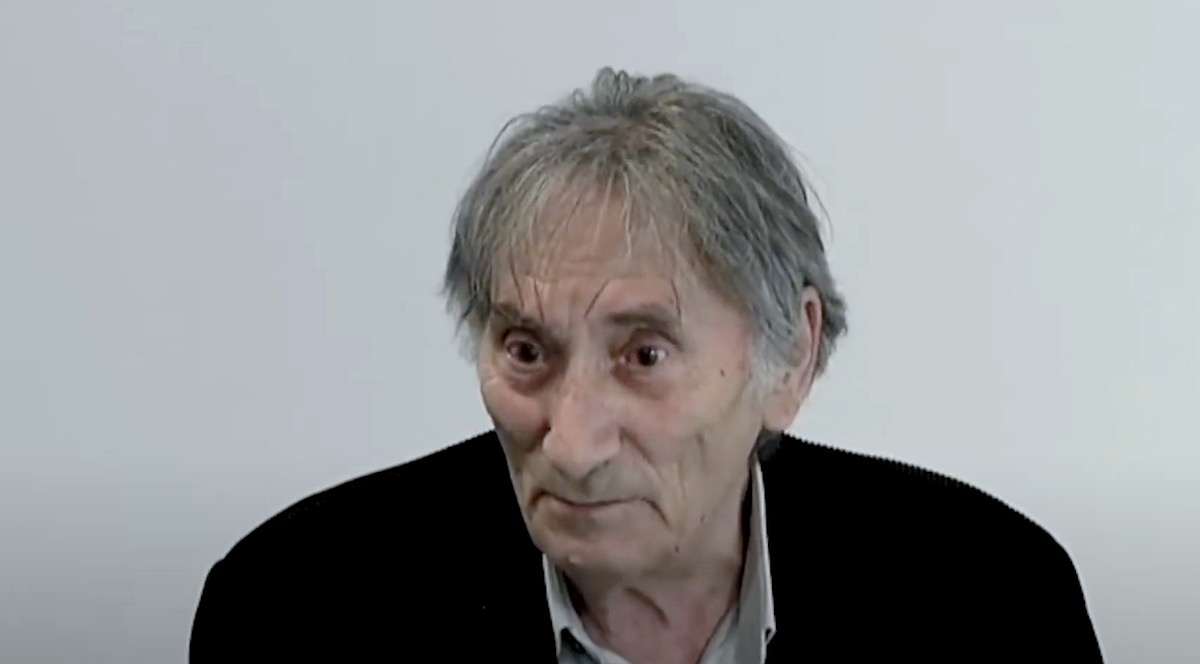Giovanni Anselmo played a pivotal role in the Arte Povera movement in the 1960s, exploring themes of nature, the finite and the indefinite, the visible and the invisible throughout his career. The gallery, representing him for 39 years, described him as a “key protagonist” and highlighted his commitment to pushing the boundaries of his artistic practice.
The Guggenheim Bilbao recently announced a major exhibition of Anselmo’s works scheduled for next year, titled “Beyond the Horizon” (9 February-19 May). The Guggenheim acknowledged Anselmo’s place in the Arte Povera movement, a conceptual and cohesive artistic approach that challenged the rationalist idea of progress in the 1960s.
Carolyn Christov-Bakargiev, outgoing director of the Castello di Rivoli Museo d’Arte Contemporanea in Turin, paid a heartfelt tribute to Anselmo, describing him as one of the greatest, most generous, and precise Arte Povera artists. Anselmo’s significance extended beyond his art, influencing those around him with his profound understanding of concepts like ultramarine blue.

The Castello di Rivoli Museo d’Arte Contemporanea holds a substantial collection of Anselmo’s works, including the piece “Neon nel cemento” (Neon in Cement), 1967-69. This work, featuring neon tubes embedded in concrete blocks, exemplifies Anselmo’s intent to “illuminate impenetrable darkness.”
Born in 1934 in Borgofranco d’Ivrea, northern Italy, Anselmo was largely self-taught and initially worked as a painter in the early 1960s. His transformative experience on the island of Stromboli in 1965 marked a turning point in his artistic exploration, inspiring works such as the drawing “La Mia Ombra Verso l’Infinito Dalla Cima Dello Stromboli Durante L’Alba del 16 Agosto 1965” (1965).
Anselmo’s inclusion in the seminal Arte Povera exhibition in Genoa in 1967, curated by Germano Celant, solidified his position within the movement alongside critical artists like Alighiero Boetti and Jannis Kounellis. His extensive career featured a solo show at Galleria Sperone in Milan in 1968, participation in the influential exhibition “Live In Your Head: When Attitudes Become Form” in Bern in 1969, and contributions to Documenta in Kassel in 1972.
Giovanni Anselmo, born in 1934 in Borgofranco d’Ivrea, northern Italy, was a self-taught artist who became a prominent figure in the Arte Povera movement of the 1960s. Initially working as a painter in the early 1960s, Anselmo experienced a transformative moment on the island of Stromboli in 1965, which profoundly influenced his artistic direction.
Anselmo’s art explored themes of nature, the finite and the indefinite, the visible and the invisible. He played a crucial role in challenging the rationalist idea of progress through the conceptual approach of the Arte Povera movement. His first significant solo show took place at Galleria Sperone in Milan in 1968, followed by participation in landmark exhibitions like “Live In Your Head: When Attitudes Become Form” in Bern in 1969 and Documenta in Kassel in 1972.
Known for his commitment to pushing the boundaries of artistic practice, Anselmo’s works were featured in major retrospectives, including a retrospective at Tate Modern in 2018. Throughout his career, he continued to influence the art world with his profound exploration of concepts and materials.
His dealer Marian Goodman Gallery, his representative in New York confirmed the death.

